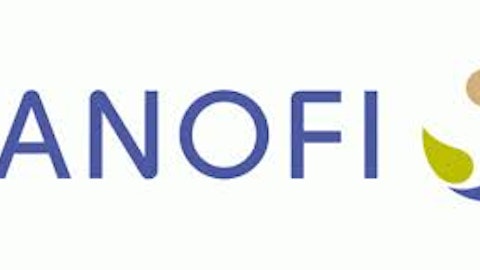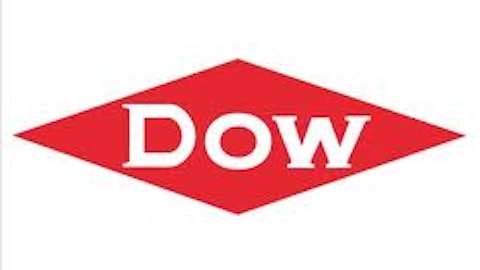Since founding Farallon Capital Management in 1986, Thomas Steyer and fellow investment manager Andrew J. M. Spokes have seen their AUM grow to exceed $20 billion, not including the $8bn in private equity dollars that belong to Hellman & Friedman, another firm that Steyer is a partner of. It seems that Steyer was built for Wall Street success, after being groomed at Yale, Stanford, Morgan Stanley, and Goldman Sachs. In 2010, Steyer, alongside Warren Buffett and Bill Gates, participated in the Giving Pledge, which donates half of their fortune to charity. Let’s take a look at one of the methods which helped Steyer to build that fortune, specifically dividend investing.
BP p.l.c. (NYSE:BP) is planted at the top of our list, giving Farallon’s 845,000 shares a dividend yield of 4.8%. The major oil company continues to scour for new oil reserves, as further limits from the Middle East and other areas prevent drilling and exploration. The Street has mixed reviews of BP, perhaps caused by negative growth in earnings, revenue, and share price, although a positive slant towards buy and hold remain prevalent. Richard Perry of $2bn Perry Capital lets both an equity and call option position comprise his top five holdings (see what else tops Perry’s holdings here).
Global investment management firm Oaktree Capital Group, LLC (NYSE:OAK) also pays Farallon a hefty dividend, amounting to 4.6%. The firm currently has an AUM of roughly $80bn and specializes in contrarian debt investments. The stock recently saw an upgrade from Bank of America/Merrill Lynch, who pushed OAK up to a buy from neutral. OAK’s Q3 earnings beat last year helped propel the stock to an 11% gain in the past twelve months; the firm is expected to announce fourth-quarter results on Valentine’s Day, so be wary if investing beforehand. Billionaire David Einhorn of Greenlight Capital devotes $75mm to OAK (check out his other financial picks here).
Next on our list is Canadian-based energy producer Encana Corp. (NYSE:ECA). Focusing primarily on natural gas in the U.S. and Canada, ECA dropped their oil assets in 2009 to give full attention to natural gas, but the depressed prices in gas have not given ECA the promise they were hoping for. The stock returned negative growth in the last year, spurred on by a number of earnings misses. ECA reports on February 14th as well, with a consensus estimate of about $0.32 per share. Famed billionaire and hedge fund manager Steven Cohen of SAC Capital Advisors recently poured into Encana, possibly hoping for a push in natural gas prices in 2013. (Click here to view his other top positions). Encana pays a dividend yield of 4.2%.
Find out which other dividend plays Steyer has in his pocket on the next page.
On both a growth and income front, Kinder Morgan Inc. (NYSE:KMI) remains a positive play for Steyer, adding double-digit price appreciation in the past twelve months to the already impressive dividend yield of 4%. KMI recently released a positive outlook for 2013 that included projections to up their dividend payout, as well as takeover news to acquire Copano Energy for about $5bn. This would both leverage and increase their presence in the southern U.S. after the deal closes in Q3 2013. Billionaire Stephen Mandel of Lone Pine Capital has seen his position swell into the nine-figures (check out what else he invests in here).
Healthcare company Sanofi SA (NYSE:SNY) finishes our list with an admirable 3.4% dividend yield. Analysts on Wall Street love SNY for their large catalog of branded drugs, even despite patent losses for some of their cancer drugs like Taxotere. SNY is highly recommended as a buy, with more than two-thirds of analysts favoring purchasing the stock. Their valuations are ambitious as well, potentially giving the stock 10% room to grow from current levels of $47.82. Fellow billionaire Ken Fisher has nearly 14mm shares of the SNY as of his last 13F filing (see which other heavy-weight positions Fisher Asset Management disclosed here).
Disclosure: I do not own shares of any stocks mentioned in this article.
Note: Tom Steyer retired at the end of 2012 but this article is based on Farallon’s Q3 13F filing.






